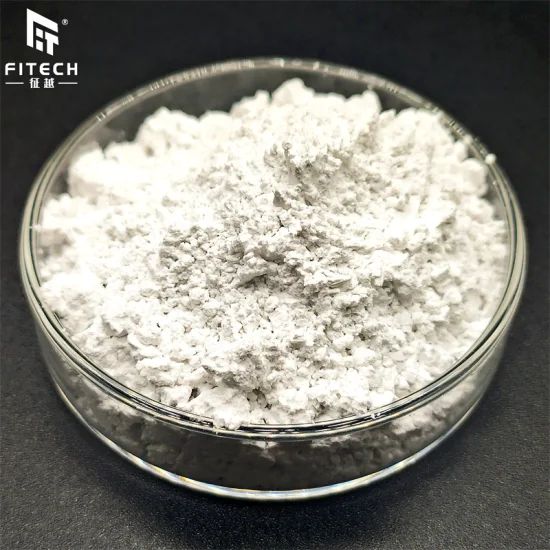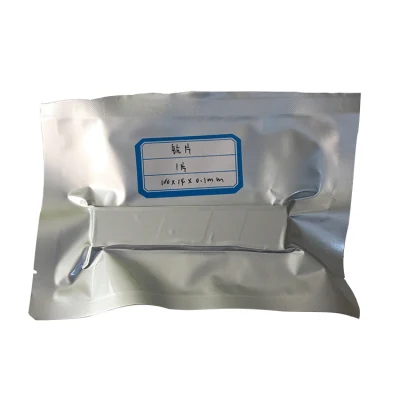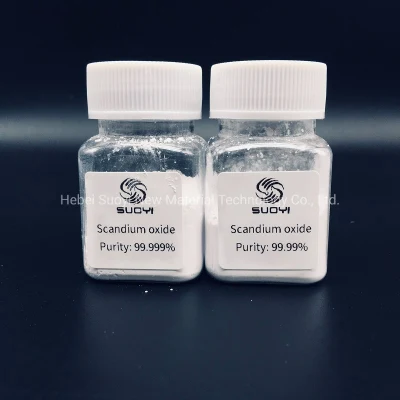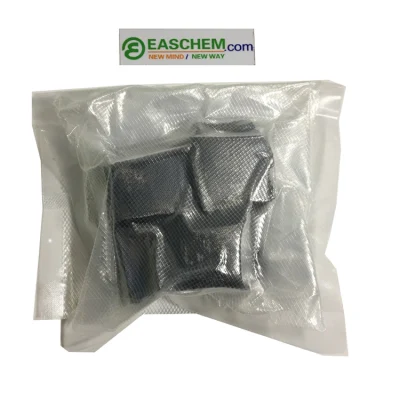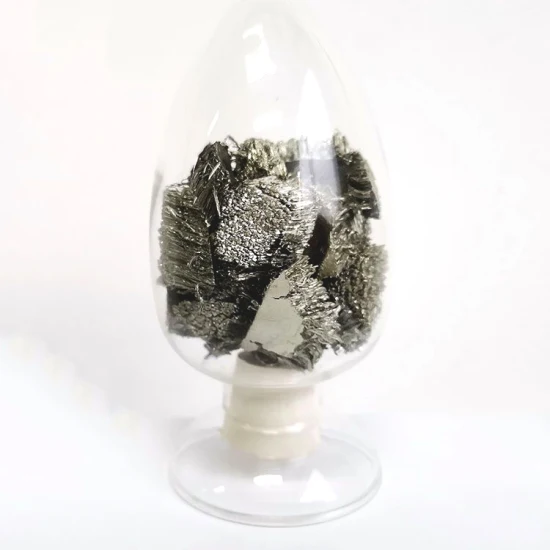
Scandium Metal Lumps with Sc Lump with CAS No 7440
Description
Basic Info.
| Model NO. | SY-903 |
| Composition | Scandium |
| Transport Package | Vacuum Bag |
| Specification | 5-10cm |
| Trademark | SUOYI |
| Origin | Hebei |
| HS Code | 2805301900 |
| Production Capacity | 200 Tons / Month |
Product Description
Product Description
Application field
1. Lighting industry - scandium sodium lamps. This is a metal halide electric light source: the bulb is filled with sodium iodide and scandium iodide, and scandium and sodium foil are added at the same time. During high-voltage discharge, scandium ions and sodium ions emit light with their characteristic emission wavelengths, respectively. The spectral lines of sodium are two well-known yellow light rays at 589.0 and 589.6 nm, while the spectral lines of scandium are a series of near-ultraviolet and blue light emission from 361.3 to 424.7 nm. Because they are complementary colors, the overall light color produced is white light. It is precisely because of the characteristics of high luminous efficiency, good light color, power saving, long service life and strong fog breaking ability that scandium sodium lamps can be widely used in TV cameras and squares, gymnasiums, and road lighting, known as the third generation. light source. In China, this kind of lamp is gradually promoted as a new technology, and in some developed countries, this kind of lamp has been widely used as early as the early 1980s. .
2. Solar photovoltaic cells. The light scattered on the ground can be collected and turned into electricity to promote human society. Scandium is the best barrier metal in metal-insulator-semiconductor silicon photovoltaics and solar cells.
3. Gamma ray source - high-energy photon flow. What we usually extract from minerals is 45Sc, which is the only natural isotope of scandium. There are 21 protons and 24 neutrons in each 45Sc nucleus. If we put scandium in a nuclear reactor like putting a monkey in the alchemy furnace of Taishang Laojun for seven, seven and forty-nine days, and let it absorb neutron radiation, 46Sc with one more neutron in the nucleus will be born. 46Sc, an artificial radioisotope, can be used as a source of gamma rays or tracer atoms, and can also be used for radiotherapy of malignant tumors. There are also uses such as yttrium gallium scandium garnet lasers, scandium fluoride glass infrared optical fibers, and scandium-coated cathode ray tubes on televisions.
4. Alloy industry. Scandium, in its elemental form, has been extensively used in the doping of aluminum alloys. As long as a few thousandths of scandium is added to aluminum, a new phase of Al3Sc will be formed, which will modify the aluminum alloy and make the structure and properties of the alloy change significantly. Adding 0.2%~0.4% Sc (this ratio is really similar to the ratio of salt in cooking at home, only a little is needed) can increase the recrystallization temperature of the alloy by 150~200ºC, and the high temperature strength, structural stability, welding The performance and corrosion resistance are obviously improved, and the embrittlement phenomenon that is easy to occur during long-term operation at high temperature can be avoided. High-strength and high-toughness aluminum alloys, new high-strength corrosion-resistant weldable aluminum alloys, new high-temperature aluminum alloys, high-strength neutron-resistant aluminum alloys, etc., are widely used in aerospace, aviation, ships, nuclear reactors, light vehicles and high-speed trains. Very attractive development prospect.
Scandium is also an excellent modifier for iron, and a small amount of scandium can significantly improve the strength and hardness of cast iron. In addition, scandium can also be used as an additive for high temperature tungsten and chromium alloys. Of course, in addition to making wedding clothes for others, because scandium has a high melting point and its density is close to that of aluminum, it is also used in high-melting-point light alloys such as scandium-titanium alloy and scandium-magnesium alloy, but because of its high price , generally only used in high-end manufacturing industries such as space shuttles and rockets.
5. Ceramic materials. Elemental scandium is generally used in alloys, and scandium oxides also play an important role in ceramic materials. Ceramic materials such as tetragonal zirconia, which can be used as electrode materials for solid oxide fuel cells, have a very special property in that the conductance of this electrolyte increases with temperature and the concentration of oxygen in the environment. However, the crystal structure of this ceramic material itself cannot exist stably and has no industrial value; it must be doped with some substances that can fix this structure in order to maintain its original properties. The addition of 6-10% scandium oxide is like a concrete structure, so that the zirconia can be stabilized on the square lattice.
There are also high-strength, high-temperature engineering ceramic materials like silicon nitride as densifier and stabilizer.
As a densifier, scandium oxide can generate refractory phase Sc2Si2O7 at the edge of fine particles, thereby reducing the high temperature deformation of engineering ceramics, and can better improve the high temperature mechanical properties of silicon nitride compared with adding other oxides.
6. Catalytic chemistry. In chemical industry, scandium is often used as a catalyst, and Sc2O3 can be used in the dehydration and deoxygenation of ethanol or isopropanol, the decomposition of acetic acid, and the production of ethylene from CO and H2, etc. The Pt-Al catalyst containing Sc2O3 is an important catalyst for the hydrogenation and purification of heavy oil in the petrochemical industry and the refining process. In the catalytic cracking reaction such as cumene, the activity of Sc-Y zeolite catalyst is 1000 times greater than that of aluminum silicate; compared with some traditional catalysts, the development prospect of scandium catalyst will be very bright.
7. Nuclear energy industry. Adding a small amount of Sc2O3 to UO2 in high temperature reactor nuclear fuel can avoid the lattice transformation, volume increase and cracks caused by the transformation of UO2 to U3O8.
8. Fuel cells. Similarly, adding 2.5%~25% scandium to nickel-alkali batteries will increase the service life.
9. Agricultural breeding. In agriculture, the seeds of corn, beets, peas, wheat, sunflower and other seeds can be treated with scandium sulfate (the concentration is generally 10-3~10-8mol/L, which will be different for different plants), and the actual effect of promoting germination has been achieved. Compared with the dry weight of buds and seedlings, they increased by 37% and 78%, respectively, but the mechanism is still under investigation.
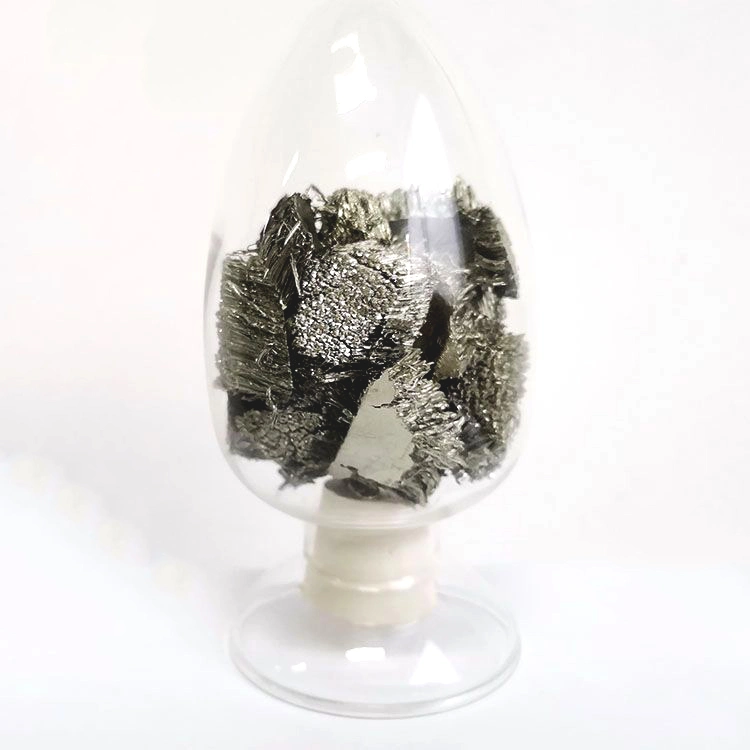
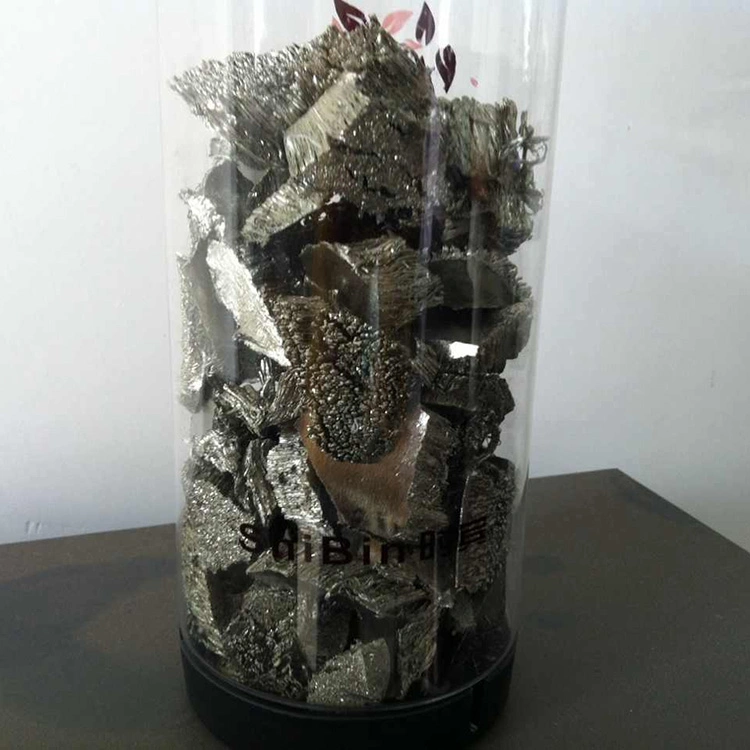
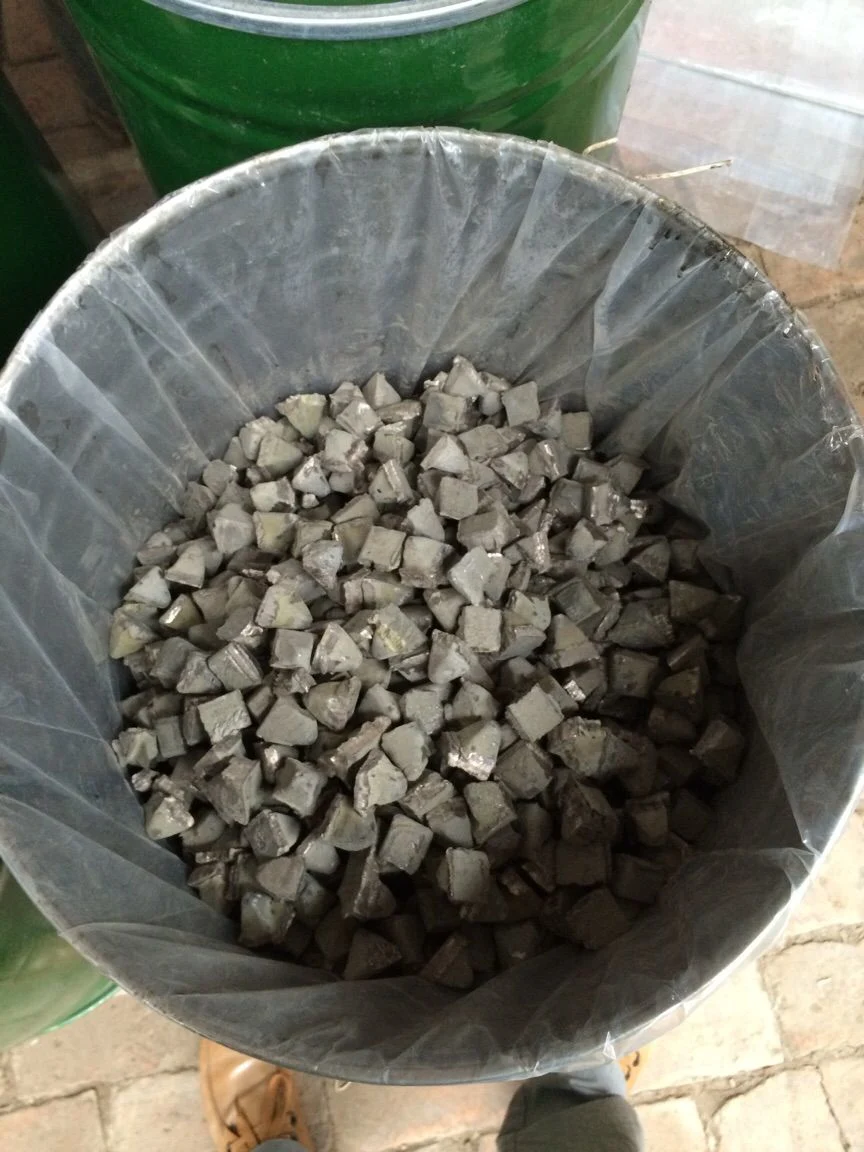
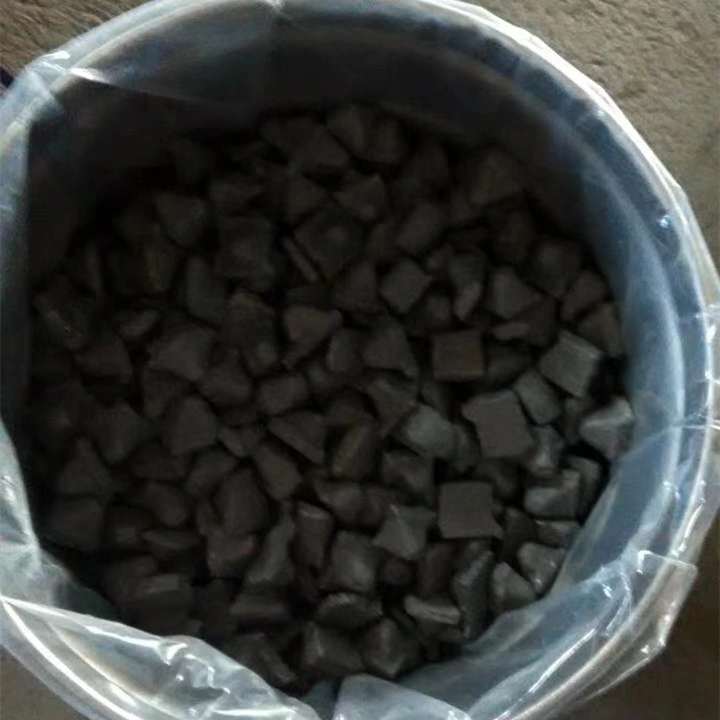
Our Contact


